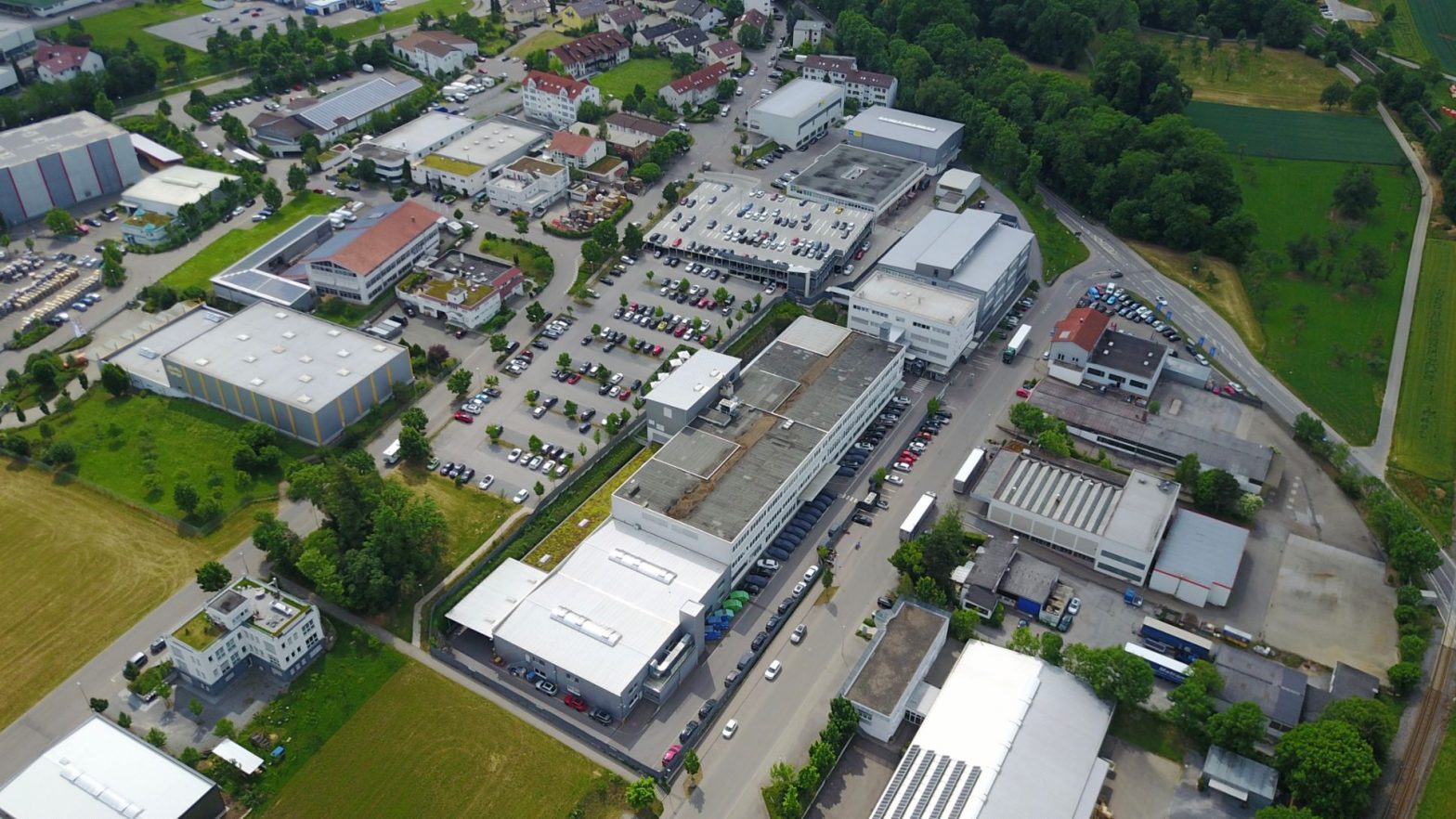Unlike all the other Porsche models, the Cayenne wasn’t developed in Weissach, but mainly in Hemmingen. With its population of 8,000, this town sits halfway between the Weissach Development Centre, which was established in 1971, and the headquarters in Zuffenhausen.
Hemmingen was home to a 3,800-square-metre facility housing a former computer assembly plant. In 1997, a motivated new team moved in, made up of 260 engineers from Porsche and 40 from Volkswagen, with which it was collaborating. There was no company sign to indicate who was working here, and there were few Porsche vehicles in the car park: the then head of the product line, Klaus-Gerhard Wolpert, had instructed his engineers to drive competitors’ SUVs in order to get a sense of the task ahead. Those who were driving a Porsche could park it in a closed garage next door – hidden from prying eyes, along with the prototypes of the project, which was codenamed Colorado.
Mirrored windows and strict entry controls
The three-storey building was as well secured as it was nondescript: the office windows were mirrored and the entire grounds surrounded by a fence. Attentive security guards registered each visitor, who then had to be met by their Porsche contact, and no one was allowed to explore the Hemmingen site unsupervised. It was, after all, the site of two groundbreaking innovations being developed under the strictest confidentiality at the same time: the first SUV from Porsche, and a new system of working known as the product line principle.

The product line coordinates a vehicle family over its entire life cycle – from the concept, development, production, sales and production support, to the end of production. The defining quality of the concept is that each product line operates like a company within a company, and each reports directly to the Chairman of the Executive Board. “The Cayenne product line was run like a company in its own right,” says Wolpert. “I had the entire budget and responsibility and my only boss at that time was Wendelin Wiedeking.” Both highly efficient and flexible at once, the system was quickly emulated elsewhere: following its successful trial run by the Cayenne team in Hemmingen, the product line principle was also introduced for the Carrera and Boxster sports car models in May 1999.

The workshops were set up on the ground floor of the Hemmingen halls. Pragmatism was the order of the day, as former workshop foreman Karlheinz Bolz recalls: “To set things up between the pillars and platforms, we cut out paper vehicles and moved them back and forth around the plan until we had a workable solution.” On the two upper floors, product line director Wolpert set up open-plan offices. “That’s where we had what we called the marketplaces. I didn’t allow my people to use their own printers; there was just one device set up for everyone in the respective marketplace. This meant the colleagues automatically met on a regular basis. It fostered a good back-and-forth working environment.” Mobile workspaces were also already in place back then in Hemmingen, in order to offer ideal working conditions for colleagues temporarily sent there from Volkswagen.
Strong team spirit in the face of doubters
The exclusive location in Hemmingen allowed the team to bond even closer than would have been possible at the site in Weissach, which was already quite big at the time, says Wolpert. That bolstered the Cayenne team against the sceptics within the company’s own ranks, he adds. In the early days, it wasn’t just many of the Porsche Clubs and dyed-in-the-wool 911 fans who harboured reservations about the SUV project, but many people within the company as well. On every level – from assembly-line workers to department heads – there were employees who took a critical view of the company’s strategic decision, recalls Wolpert.

But in time, attitudes began to change. The Cayenne became a breakthrough success and is now an indispensable part of the Porsche model family. The advantages of the autonomous manner of working at the Hemmingen site have long since taken root throughout the company. “We were well ahead of our time back then,” says Oliver Laqua, who joined the team as a young concept engineer in 1998 and today serves as the overall vehicle project manager for the Cayenne. “All the modern-day start-ups with their flat hierarchies and big project spaces – we had that back in 1998.”
Today, the Hemmingen location is again the site of a groundbreaking project for Porsche. About 700 employees of the Macan product line are currently developing the sports car manufacturer’s first all-electric SUV there. The Cayenne team moved to the Weissach Development Centre in 2021.


